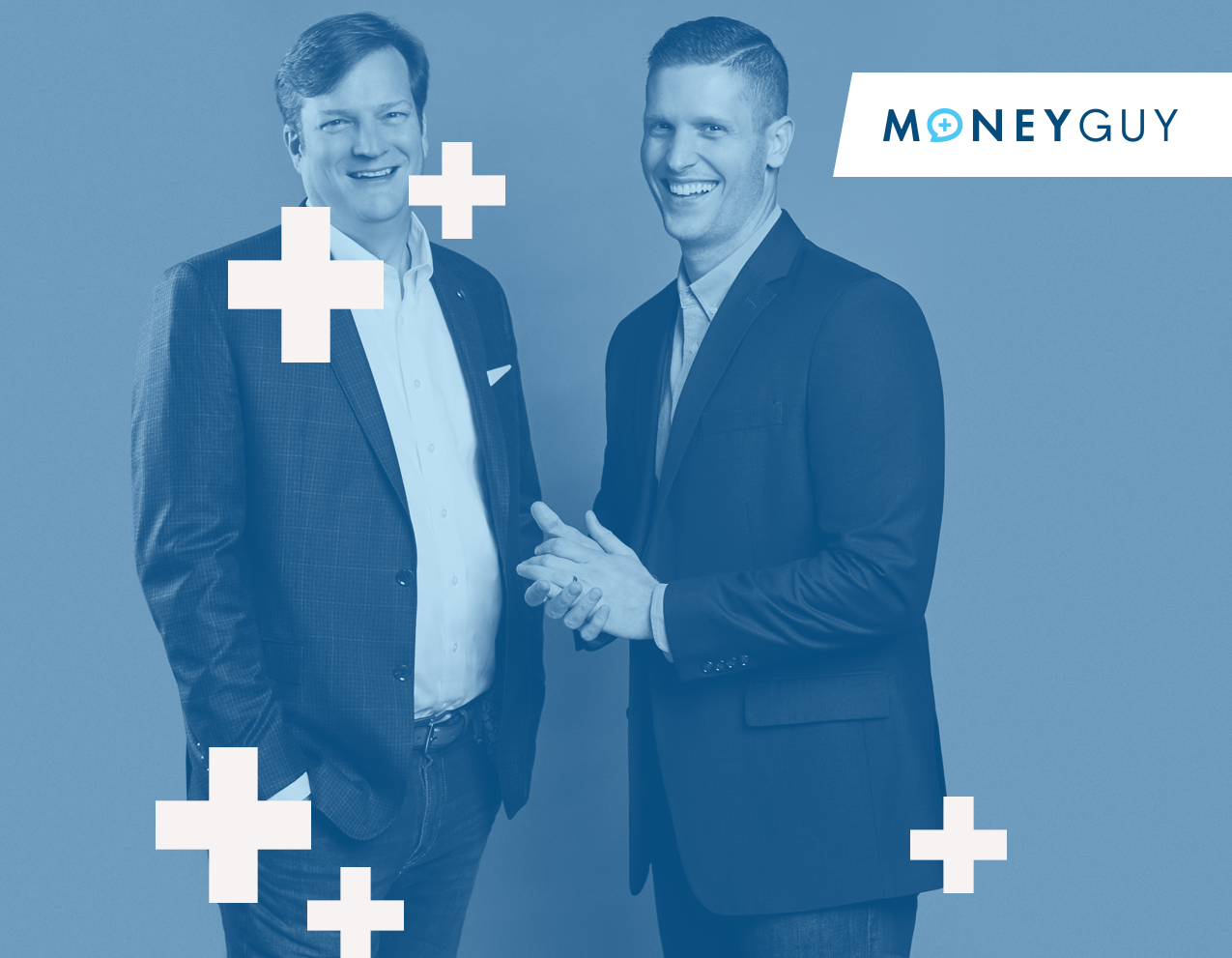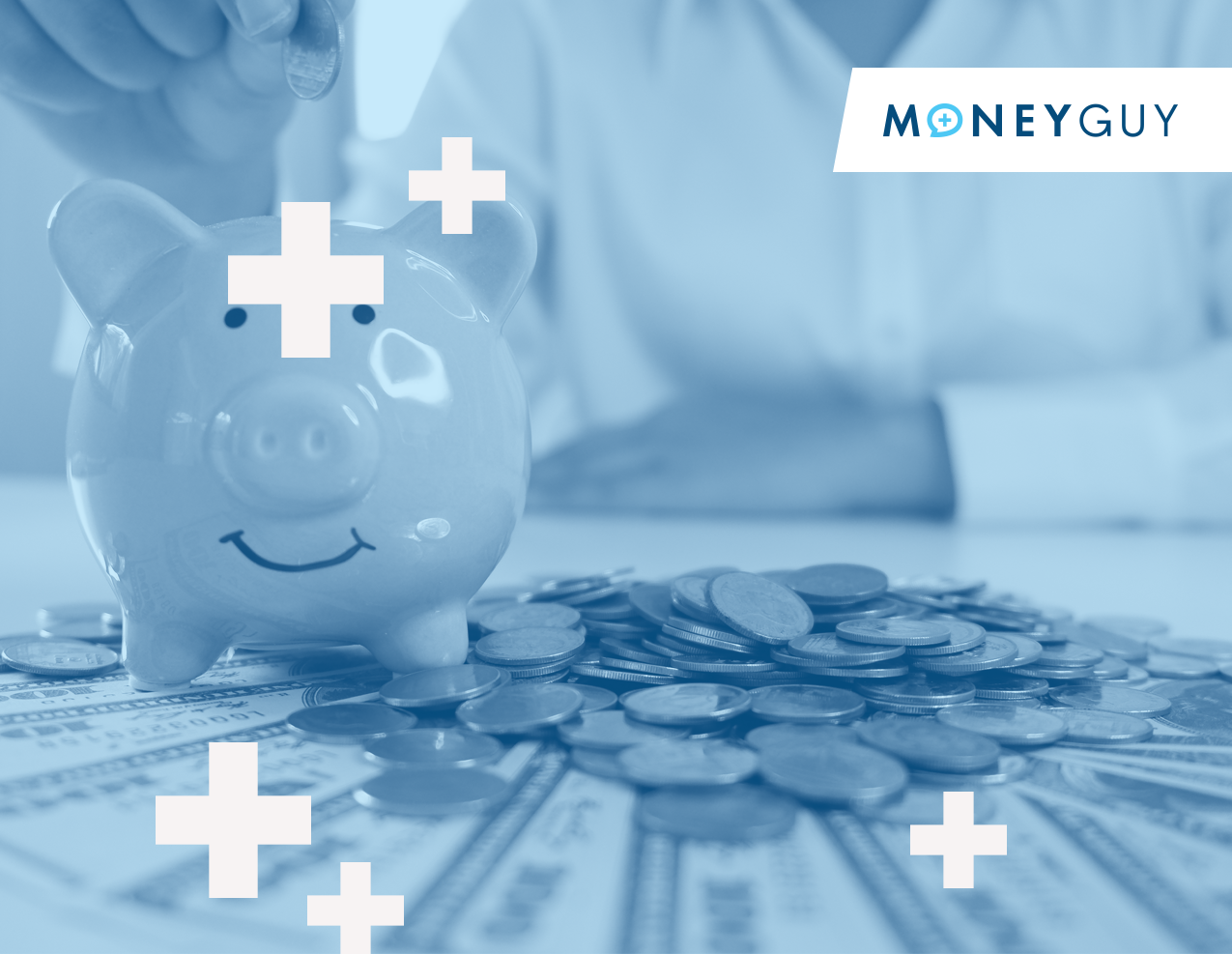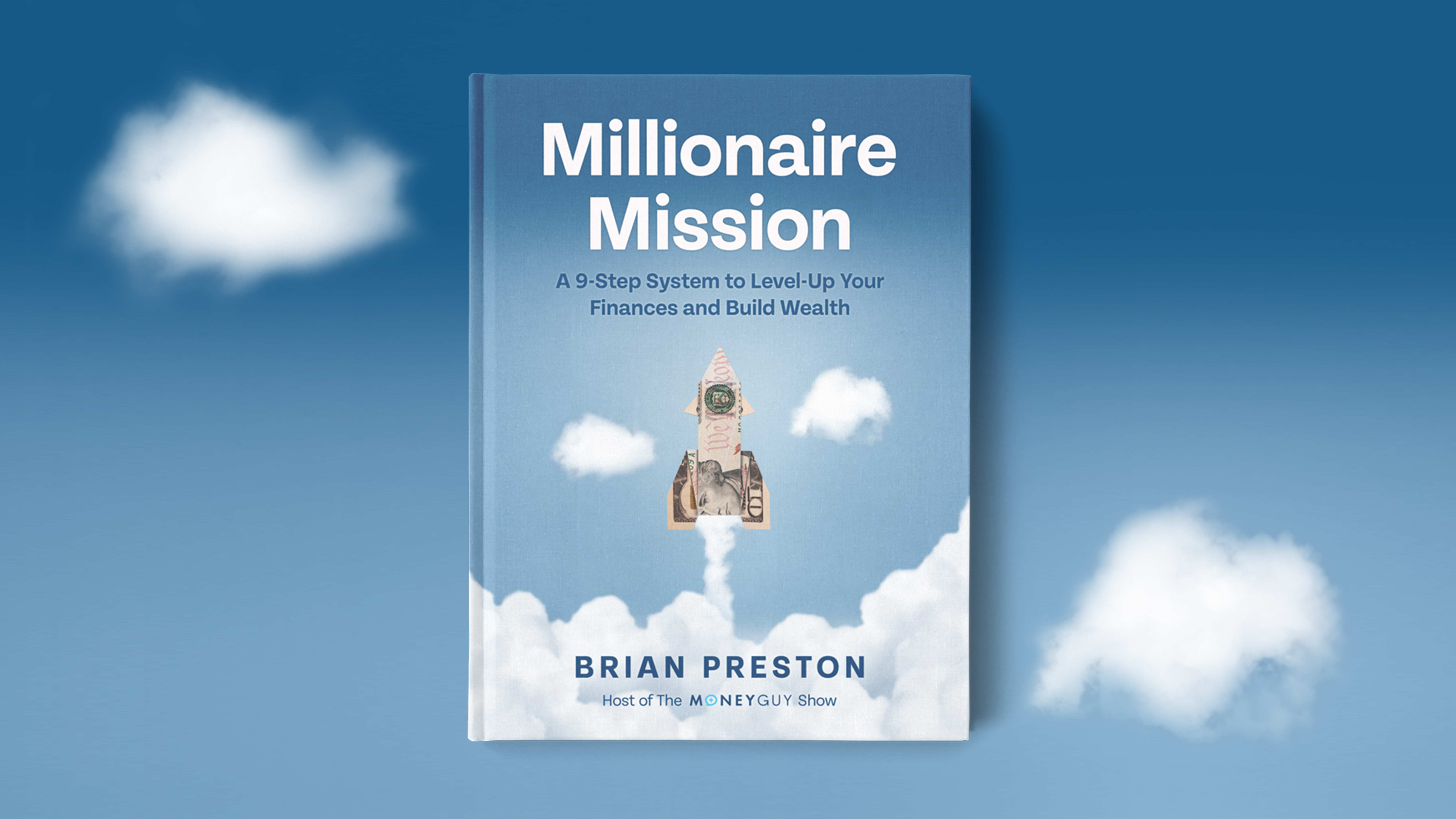
Change your life by
managing your money better.
Subscribe to our free weekly newsletter by entering your email address below.

Subscribe to our free weekly newsletter by entering your email address below.
Brian and Bo tackle the challenge of explaining how yield can affect the overall performance of a portfolio. They share historical numbers and some great quotes that reference the importance of making solid investments that keep dividend yield in mind.
This week’s show is based on a book the guys read on vacation: Shareholder Yield- A Better Approach to Dividend Investing By: Mebane Faber. We put together a summary that highlights the key statistics from the book. These points help illustrate the relationship between dividend yield and portfolio return.
A word of caution now that you know how important yield is to your portfolio. Most companies in the S&P 500 have a positive net payout yield. That’s not to say the shareholder will receive a portion if any of that payout. There are companies that are trying to dilute shareholders, and these companies are not always easy to spot. Half of the 95 companies with a negative payout yield actually had positive dividends (12 with a yield over 3%).
Subscribe on these platforms or wherever you listen to podcasts! Turn on notifications to keep up with our new content, including:


Financial Order of Operations®: Maximize Your Army of Dollar Bills!
Here are the 9 steps you’ve been waiting for Building wealth is simple when you know what to do and…
View Resource
How Much Should You Save?
How much of your income can you replace in retirement? You can replace different portions of your income in retirement…
View Resource
What To Do When the Stock Market Is Down
Read MoreHow To Prepare for a Bear Market in 2025
Read MoreHow To Get Your Financial Life Together in 2025
Read More

How about more sense and more money?
Check for blindspots and shift into the financial fast-lane. Join a community of like minded Financial Mutants as we accelerate our wealth building process and have fun while doing it.




It's like finding some change in the couch cushions.
Watch or listen every week to learn and apply financial strategies to grow your wealth and live your best life.
Subscribe to our free weekly newsletter by entering your email address below.